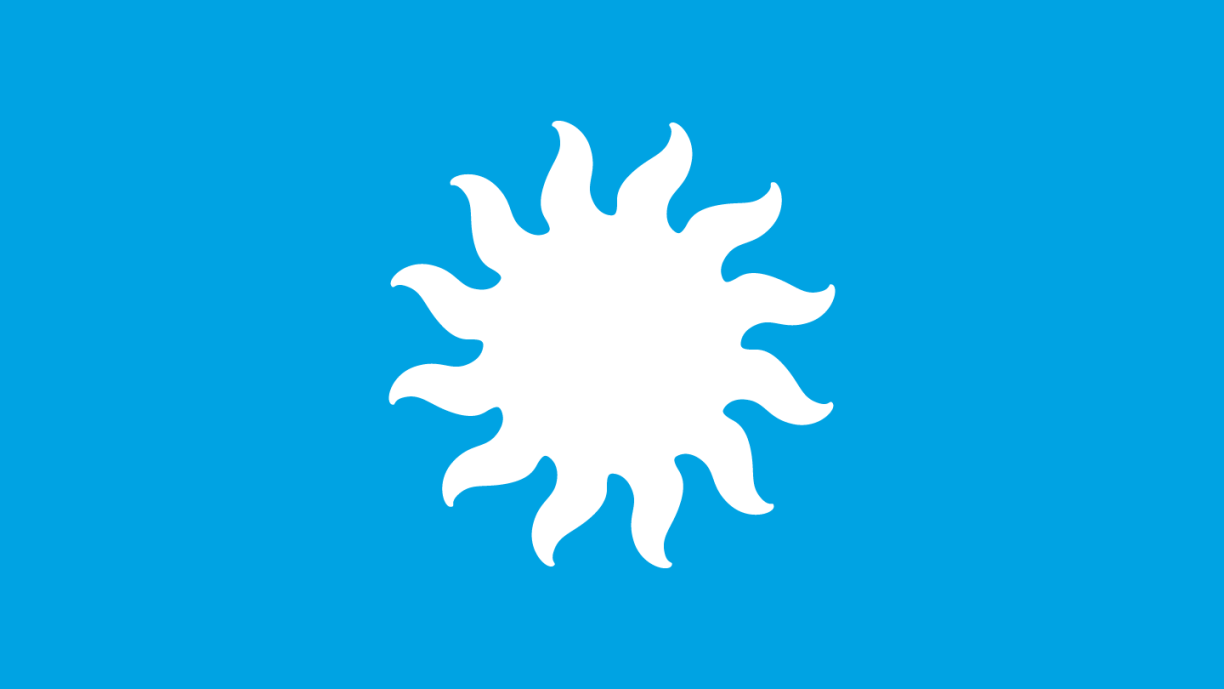Finnish support for the arts does not discriminate against immigrants

Applicants belonging to different language groups receive grants and subsidies from the national arts councils in proportion to their share of total applicants. Each year around 5000 artists apply for support from the national arts councils, approximately 4 percent of whom are non-native speakers. The share of non-native speakers among all applicants is similar to their proportion of the population, which was 4.9 percent in 2012.
The number of applicants who are non-native speakers has increased slightly over the past decade. In 2002 approximately 100 non-native speakers applied for support (2% of all applicants), whereas in 2012 this number had increased to 230 (4% of all applicants). The highest number of non-native applicants and recipients has been in the fields of the visual arts and music, while the biggest percentage increase in the number of non-native speakers has been in the field of media art.
For most artforms, however, the number of non-native applicants amounts to just a few dozen rather than a few hundred. The only artforms in which the number of non-native applicants can be considered somewhat significant are the visual arts and music, yet even in these fields their numbers do not exceed 100 a year. Nevertheless, in some fields the number of non-native applicants has already exceeded the number of Swedish-speaking applicants. Such artforms include the visual arts, music and media art.
The amount of support awarded to non-native speakers has increased almost by a factor of five since 2002, from less than 140,000 euros (1% of the amount awarded to private individuals) to almost 700,000 euros (4%).
Altogether over 700 non-native speakers (persons who had immigrated to Finland) applied for support once or more during the period 2002–2012. They represented 90 different countries and spoke over 60 languages. The majority of immigrant artists (59%) came from Europe, including Russia. The largest lan-guage groups comprised speakers of English (15%), Russian (14%) and Spanish (12%). The largest groups by artform comprised visual artists (26%) and musicians (18%).
If the objective within the Finnish support system for the arts is to include immigrants in the mainstream, however, attention should still be paid in the future to certain artforms. These include, for example, literature, cinema, photographic art and dance. In these fields the number of applicants and recipients is not always in balance, although the proportional differences are still very small. Similarly, applicants for the multiculturalism grants that were introduced five years ago have not found other forms of support as expected, which suggests a need to provide more information about available grants and subsidies, for example.
The research was published at the opening seminar of the Arts Promotion Centre Finland’s “Year of Minorities” in Helsinki. The aim is to focus special attention on the rights of minorities this year. The rights of minorities as participants and audiences in the field of the arts will be highlighted, for example, on Arts Promotion Day on 1 December 2014.
Paula Karhunen: Immigrant artists in the Finnish support system for the arts (Summary). Arts Promotion Centre Finland, 2013.
Further information: Paula Karhunen, Special Planning Officer, tel. +358 295 330 705, [email protected]
